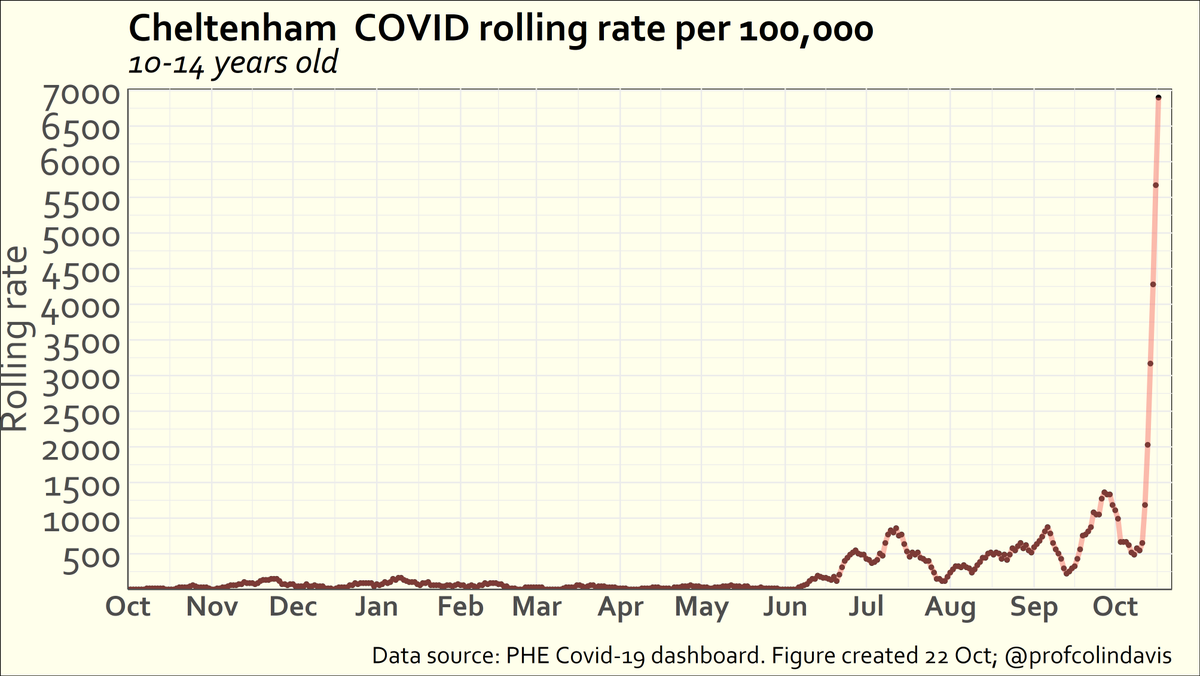
Last week I posted this thread about void PCR results. Today the latest testing stats were published, offering an opportunity to check if all the problems affecting testing have been resolved. They haven't - there are more void results than ever. Something is wrong with testing. 
https://twitter.com/ProfColinDavis/status/1452285348453752840

The raw data can be downloaded from here: assets.publishing.service.gov.uk/government/upl…
to be clear, the main reason for being interested in the % of void results is not that people misinterpret them as meaning they’re safe to go out (thought that probably happens). It’s that a high % of voids is a signal that something is going wrong in the testing process.
All sorts of things could potentially lead to voids. This (leaked?) document from last year reports that – back then – the most common reason for voids across labs was a leaked sample.
https://twitter.com/Gabriel_Pogrund/status/1305047753983225858?s=20
In the case of the Immensa lab there’s been some talk of an equipment failure, though I don't know if that's been confirmed.
The regions with the most voids change from week to week. But the worst affected regions in October have been the South East, the Midlands and the North West. 



• • •
Missing some Tweet in this thread? You can try to
force a refresh













